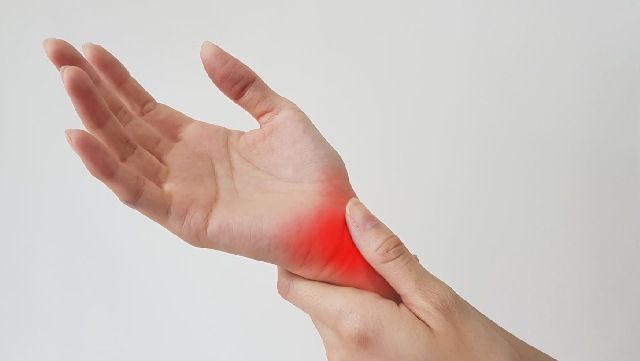Trigger Finger | What is Trigger Finger?
What is Trigger Finger?
Trigger finger (or trigger digit) is medically termed as "stenosing flexor tenosynovitis". When there is a localized restriction in bending and extending the fingers, friction occurs between the tendon and narrow tendon sheath, resulting in pain and an audible 'clicking' or 'popping' sound. This feature was how trigger finger first earned its name. While the patients are mostly people aged over 50 years, trigger finger is more common among women. Some babies may also be born with this condition. Trigger finger usually happens on the thumb, middle, and ring fingers in adults and mostly on the thumbs in young children. In general, people who frequently and repeatedly strain their fingers and tendons, e.g. housewives and those who use keyboards or mobile phones, play musical instruments, or engage in manual labour for a prolonged period of time, are most likely to develop trigger finger.
